Home>Articles>What Is The Advantage Of A Surge Protector Over A Power Strip
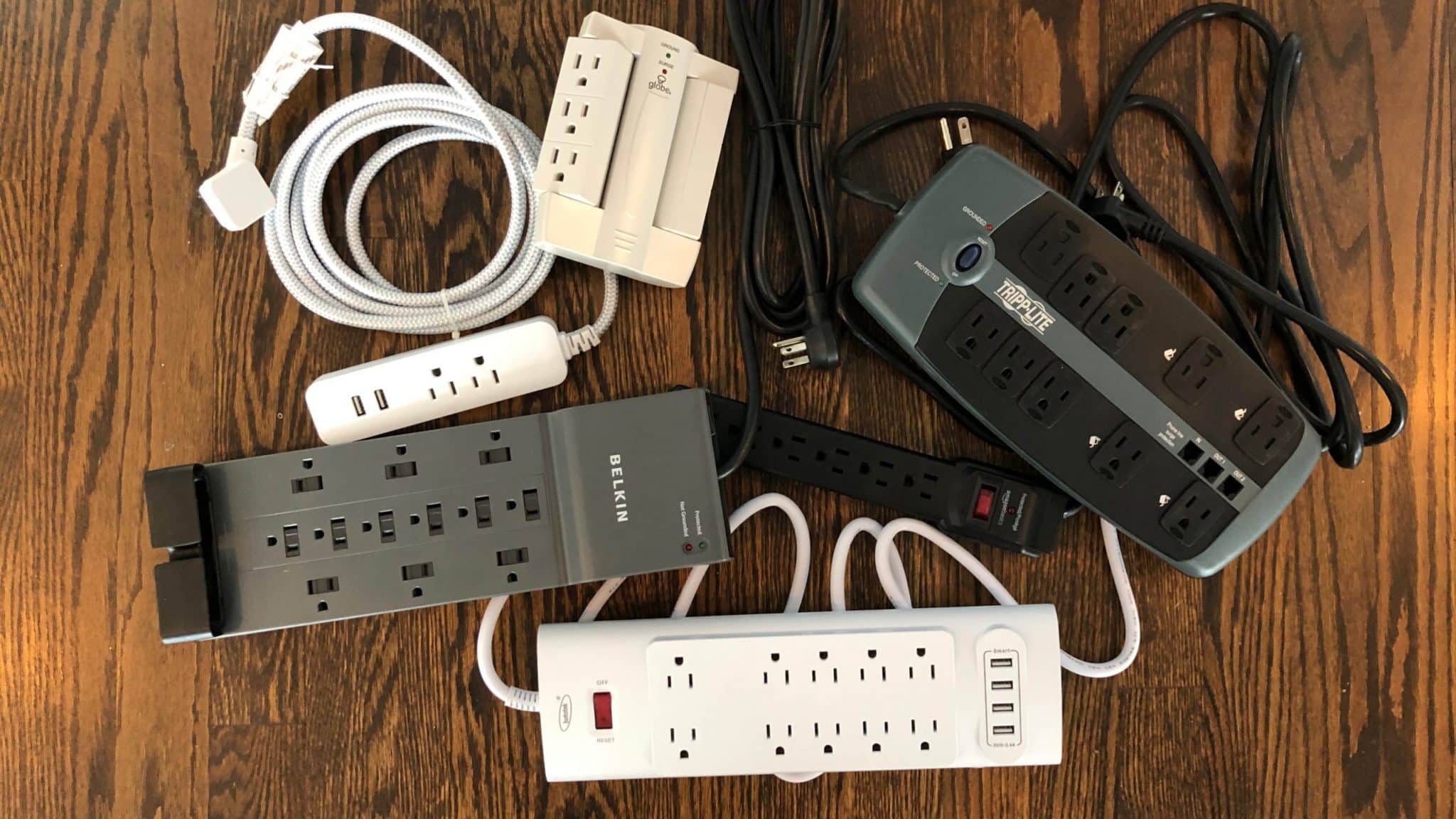

Articles
What Is The Advantage Of A Surge Protector Over A Power Strip
Modified: December 7, 2023
Discover the benefits of using a surge protector over a power strip in this informative article. Safeguard your electronics and prevent damage from power surges.
(Many of the links in this article redirect to a specific reviewed product. Your purchase of these products through affiliate links helps to generate commission for Storables.com, at no extra cost. Learn more)
Introduction
Power strips and surge protectors are common household items that help us expand our electrical outlets and provide convenience for powering multiple devices. However, many people are unaware of the significant differences between these two devices and the advantages that surge protectors offer over power strips.
A power strip is a simple, multi-outlet extension cord that allows us to plug in multiple devices at once. It provides us with additional electrical outlets when we have limited wall sockets available. Power strips are commonly used for connecting low-power devices like lamps, phone chargers, or laptops. While they are useful for managing cords and increasing convenience, power strips do not offer any protection against power surges.
On the other hand, surge protectors are designed to safeguard our valuable electronic devices against damaging power surges. A power surge is a sudden increase in electrical voltage that can occur due to lightning strikes, power grid fluctuations, or when a large power-consuming device is turned on or off. These surges can cause serious damage to sensitive electronic equipment such as computers, televisions, gaming consoles, and more.
Surge protectors go beyond the basic functionality of power strips by actively monitoring voltage levels and diverting excess voltage away from connected devices. This critical feature, in addition to several other advantages, makes surge protectors an essential investment in protecting our electronic equipment and ensuring their longevity.
In this article, we will delve into the advantages of surge protectors over power strips, explaining the importance of surge protection and why it should be a top priority for anyone who values their electronic devices and wants to prevent costly damage.
Key Takeaways:
- Surge protectors offer essential protection against power surges, safeguarding electronic devices and extending their lifespan. With enhanced safety features and energy-efficient options, surge protectors provide peace of mind and proactive defense for valuable equipment.
- Power strips lack surge protection, leaving devices vulnerable to damaging power surges. Surge protectors actively divert excess voltage, ensuring safety, longevity, and energy efficiency for electronic devices.
Read more: What To Look For In Surge Protector
Understanding Power Strips
Before we explore the advantages of surge protectors, it’s essential to understand power strips and their basic functionality. A power strip is a simple device that expands the number of available electrical outlets. It typically consists of a single power cord with multiple outlets along its length. Power strips are designed to handle low-power devices such as lamps, phone chargers, or small appliances.
Power strips are commonly used in homes, offices, and entertainment setups where there is a need to connect multiple devices. They provide us with the convenience of having multiple devices plugged in and powered simultaneously. Power strips are usually equipped with a resettable circuit breaker that trips when overloaded, protecting against overheating and potential fire hazards.
However, it’s important to note that power strips by themselves do not offer any protection against power surges. They are merely an extension of the wall socket and do not regulate or control the amount of voltage entering the connected devices. Therefore, in the event of a power surge, a power strip can’t prevent the excess voltage from reaching your equipment, leaving your devices vulnerable to potential damage.
Power strips are a practical solution for managing cords and provide additional outlets for low-power devices. They are useful in areas where a limited number of power outlets are available. However, when it comes to protecting your valuable electronic equipment from power surges, relying solely on power strips is not sufficient.
Understanding Surge Protectors
Unlike power strips, surge protectors are specifically designed to safeguard our electronic devices from power surges. A surge protector, also known as a surge suppressor, is an electrical device that actively absorbs and redirects excess voltage away from connected equipment.
Surge protectors work by utilizing a component called a metal oxide varistor (MOV) to divert excess voltage. The MOV acts as a voltage-sensitive switch, which, when the voltage exceeds a certain threshold, redirects the excess voltage away from the devices and into the grounding wire of the electrical system.
In addition to the essential functionality of diverting power surges, surge protectors also often include additional features such as:
- Multiple outlets: Surge protectors come in various sizes and designs, offering multiple outlets to accommodate different devices.
- Protected indicator: Many surge protectors have LED lights that indicate whether the protector is functioning correctly and providing surge protection.
- Telephone and coaxial cable protection: Some surge protectors have additional ports to protect phone lines and coaxial cables, preventing surges from damaging connected devices.
- Data line protection: Surge protectors designed for computer setups may feature data line protection to safeguard against power surges damaging connected network cables.
To provide robust surge protection, it’s crucial to choose a surge protector that meets your specific needs. Surge protectors come with different levels of protection, measured in joules. The joule rating indicates how much energy the surge protector can absorb before it becomes less effective at dissipating excess voltage.
Understanding surge protectors and their features is vital to make an informed decision when purchasing and using one for your electronic devices. By choosing a surge protector over a basic power strip, you are ensuring that your valuable equipment receives the necessary protection against power surges, extending their lifespan and reducing the risk of costly damage.
Advantages of Surge Protectors
Investing in surge protectors offers significant advantages over relying solely on power strips when it comes to protecting your electronic devices. Let’s explore the key advantages that surge protectors provide:
1. Protection against Power Surges
The primary advantage of surge protectors is their ability to protect your devices from power surges. With their built-in circuitry and voltage diversion capabilities, surge protectors actively monitor the electrical voltage and redirect any excess voltage away from your connected devices. This ensures that any sudden spikes or increases in voltage do not reach your electronic equipment, preventing potential damage.
2. Enhanced Safety Features
Surge protectors often come with additional safety features such as overload protection and fire-resistant housing. The overload protection feature safeguards against excessive power consumption and overheating, reducing the risk of electrical accidents and fire hazards. The fire-resistant housing adds an extra layer of safety by minimizing the likelihood of the surge protector catching fire in the event of a power surge or electrical malfunction.
3. Equipment and Device Protection
Electrical surges can cause irreparable damage to your electronic devices, resulting in data loss, equipment failure, or the need for costly repairs or replacements. Surge protectors act as a barrier between your devices and power surges, shielding them from potential harm. By using surge protectors, you provide a safeguard for your valuable devices, prolonging their lifespan and saving you from unnecessary expenses.
4. Energy Efficiency
Surge protectors often include features like power-saving outlets or timed outlets that can be used to control the flow of electricity to specific devices. This can help reduce energy consumption, especially for devices that are not in constant use. By utilizing these energy-saving features, you can contribute to a greener environment while also potentially reducing your energy bills.
Overall, surge protectors offer substantial advantages in terms of protection, safety, and energy efficiency. By incorporating surge protectors into your electrical setup, you can have peace of mind knowing that your devices are shielded from harmful power surges and that you are taking proactive steps to prevent damage and ensure the longevity of your electronic equipment.
Protection against Power Surges
One of the main advantages of surge protectors is their ability to safeguard your electronic devices against power surges. Power surges can occur due to various factors, such as lightning strikes, utility grid fluctuations, or even the switching on or off of high-powered appliances in your home or office. These sudden increases in electrical voltage can be detrimental to your devices, causing damage or complete failure.
A power surge can happen within a fraction of a second, but its impact can have long-lasting consequences. The excess voltage can overload your devices’ circuits, leading to component damage, data loss, or rendering them completely useless. However, by using surge protectors, you create a barrier between your devices and the surges, mitigating the risks and ensuring their optimal performance.
Surge protectors work by using advanced components like metal oxide varistors (MOVs) to detect and divert excess voltage away from your devices. When a surge occurs, the MOVs promptly recognize the increase in voltage and redirect it to the grounding wire of your electrical system. This helps protect your devices by preventing the dangerous voltage levels from reaching them and causing irreparable damage.
It’s important to note that surge protectors have a specific capacity to absorb and divert excess voltage, known as the clamping voltage or let-through voltage. A lower clamping voltage indicates better protection as it means the surge protector will divert excess voltage at lower levels, providing a higher level of defense for your devices.
By investing in surge protectors, you create a line of defense for your electronic devices against power surges. Whether it’s a minor surge caused by a nearby lightning strike or a major surge due to a sudden power outage, surge protectors act as a buffer to absorb and redirect the excess voltage, shielding your devices from potential harm.
Remember that power surges can occur at any time, and the consequences can be costly. Protecting your valuable electronics with surge protectors is a proactive step to ensure their safety and longevity. Don’t wait for a power surge to damage your devices – invest in surge protectors for peace of mind and protection.
Read more: What Size Screws To Mount Power Strip
Enhanced Safety Features
Surge protectors offer more than just protection against power surges. They also come equipped with enhanced safety features that contribute to a safer electrical environment in your home or office.
1. Overload Protection:
One of the key safety features found in surge protectors is overload protection. Overload protection is designed to prevent excessive power consumption, which can lead to overheating and potential fire hazards. When a surge protector detects an overload, it automatically shuts off power to the connected devices, protecting them from damage and reducing the risk of electrical accidents.
2. Fire-Resistant Housing:
To further enhance safety, surge protectors are often constructed with fire-resistant materials. These materials minimize the risk of the surge protector catching fire in case of a power surge or electrical malfunction. Fire-resistant housing helps contain any potential sparks or flames within the surge protector, preventing them from spreading and potentially causing significant damage or harm.
3. Child-Safety Features:
Many surge protectors also feature child-safety mechanisms to prevent accidental tampering or electrical shocks. These features may include built-in shutters or sliding covers for the outlets, requiring a specific level of pressure or simultaneous insertion of prongs to open the protective covers. Child-safety features provide an added layer of protection, particularly in households with young children who may be curious about exploring electrical outlets.
Read more: What Is A Surge Protector Power Strip
4. LED Indicators:
LED indicators are commonly found on surge protectors to indicate the status of the device and its functionality. These indicators help users easily determine if the surge protector is working correctly and offering surge protection. For example, some surge protectors have a green LED light to indicate proper functioning, while others may have a red LED light to alert you if the surge protector needs to be replaced due to excessive use or a power surge event.
By incorporating these enhanced safety features, surge protectors prioritize the well-being of both your devices and the overall electrical system. They provide an added layer of protection against overloads, reduce the risk of fire hazards, ensure child safety, and offer clear indicators of their status, creating a safer and more reliable electrical environment.
When selecting a surge protector, it’s essential to consider the specific safety features offered and ensure that they align with your needs and requirements. By investing in surge protectors with enhanced safety features, you can have peace of mind knowing that you’ve taken proactive measures to protect your devices and create a safer electrical environment.
Equipment and Device Protection
One of the significant advantages of using surge protectors is the invaluable protection they provide for your electronic equipment and devices. From expensive computers and televisions to sensitive gaming consoles and home appliances, surge protectors play a crucial role in safeguarding these valuable investments. Here are the key ways surge protectors protect your equipment and devices:
1. Preventing Damage from Power Surges:
Power surges can occur at any time and are often unpredictable. Whether it’s a lightning strike or a sudden voltage fluctuation, these surges can cause irreparable damage to your electronic equipment. Surge protectors act as a first line of defense by absorbing and redirecting the excess voltage away from your devices, ensuring that the damaging surge does not reach them. This protection helps extend the lifespan of your equipment and eliminates the need for costly repairs or replacements.
2. Safeguarding Against Voltage Spikes:
Aside from power surges caused by external factors, voltage spikes can also occur due to activities within your own home or office space. Switching on or off high-powered devices such as air conditioners, refrigerators, or washing machines can cause brief voltage spikes that can be harmful to your electronics. Surge protectors help regulate these spikes, preventing the sudden increase in voltage from reaching your devices, and ensuring their safe operation.
Read more: What Does A Power Strip Do
3. Protecting Against Electrical Noise:
Electrical noise, also known as electromagnetic interference (EMI) and radio frequency interference (RFI), can affect the performance of your electronic devices. Surge protectors equipped with EMI/RFI filters help eliminate or reduce this electrical noise, ensuring that your devices function at their optimal level. By reducing interference, surge protectors help improve the overall performance and lifespan of your devices.
4. Extending Equipment Lifespan:
By providing consistent protection against power surges and voltage spikes, surge protectors significantly contribute to extending the lifespan of your electronic equipment. The harmful effects of power surges can lead to the degradation of internal components, reduced functionality, and even complete failure of devices. With surge protectors in place, your equipment is shielded from these destructive events, allowing them to operate reliably for longer periods.
Surge protectors are an investment in the longevity and well-being of your electronic equipment. By protecting against power surges, voltage spikes, and electrical noise, surge protectors ensure that your devices operate safely, maintain their performance, and provide you with long-term value. So, whether you have a home office with multiple computers or a home entertainment system with high-end audiovisual equipment, using surge protectors is a wise choice to protect and preserve your valuable electronic investments.
Energy Efficiency
Surge protectors not only provide protection for your electronic devices but they also offer energy-efficient features that can help reduce your energy consumption and contribute to a greener environment. Here are some ways surge protectors promote energy efficiency:
1. Power-Saving Outlets:
Many surge protectors come with power-saving outlets specifically designed for devices that are not in constant use. These outlets are equipped with smart technology that automatically cuts off power to connected devices when they enter standby mode or when they are not in use. This feature prevents unnecessary energy consumption and helps reduce your electricity bill over time.
Read more: What Do Joules Mean On A Surge Protector
2. Timed Outlets:
Some surge protectors feature timed outlets that allow you to set a specific duration for which power is supplied to connected devices. For example, you can set a timer to turn off power to your computer peripherals during the night or when you know they won’t be in use for an extended period. Timed outlets eliminate standby power consumption, further reducing energy waste.
3. Master and Controlled Outlets:
Surge protectors equipped with master and controlled outlets work in conjunction with your main device, known as the master device. When the master device is powered off or enters standby mode, the controlled outlets, typically used for peripheral devices, automatically turn off. This ensures that energy is not wasted on devices that do not need to be powered when the main device is not in use.
4. Energy Monitoring:
Some advanced surge protectors offer built-in energy monitoring features. These surge protectors are equipped with power meters that display real-time energy consumption data. By monitoring the energy usage of your devices, you can identify power-hungry devices, adjust your energy consumption habits, and make more informed decisions about power usage, leading to greater energy efficiency.
By utilizing these energy-efficient features, surge protectors help reduce unnecessary energy consumption and lower your electricity costs. While the individual savings may seem small, the cumulative effect of using energy-efficient surge protectors throughout your home or office can be substantial.
Additionally, promoting energy efficiency through the use of surge protectors aligns with the global goal of reducing carbon footprint and conserving energy resources. By minimizing energy waste, you contribute to a greener environment and help create a more sustainable future.
When choosing a surge protector, consider opting for models that offer energy-saving features. By doing so, you not only protect your devices against power surges but also actively participate in energy conservation efforts while saving money on your energy bills.
Conclusion
Surge protectors offer a host of advantages over power strips when it comes to protecting your electronic devices. They are specifically designed to safeguard your valuable equipment against power surges, ensuring their longevity and reducing the risk of costly damage. By understanding the differences between power strips and surge protectors, you can make an informed decision about the best solution for your electrical needs.
While power strips provide additional outlets for convenience, they do not offer any protection against power surges. On the other hand, surge protectors actively monitor voltage levels and divert excess voltage away from your devices, preventing potential damage. Having surge protectors in place provides peace of mind, knowing that your electronic equipment is shielded from harmful power surges and voltage spikes.
Surge protectors not only provide protection but also come with enhanced safety features such as overload protection and fire-resistant housing to further ensure the safety of your devices and minimize the risk of electrical accidents. They also promote energy efficiency through power-saving outlets, timed outlets, and energy monitoring features, allowing you to reduce energy consumption and contribute to a greener environment.
Investing in surge protectors is a wise decision to protect your electronic devices, extend their lifespan, and reduce the risk of costly damage. Whether you have a home office with multiple computers, a home entertainment system with high-end audiovisual equipment, or simply want to safeguard your everyday household electronics, surge protectors provide the necessary defense against power surges and voltage fluctuations.
Remember to choose surge protectors with appropriate clamping voltage levels, sufficient joule ratings, and the features that best fit your needs. By incorporating surge protectors into your electrical setup, you are prioritizing the safety and protection of your electronic devices, creating a more secure and efficient environment for your valuable equipment.
So, don’t wait for a power surge to put your devices at risk. Invest in surge protectors today and enjoy the peace of mind that comes with knowing your electronic devices are well-protected and that you are taking proactive steps towards a safer, more energy-efficient future.
Frequently Asked Questions about What Is The Advantage Of A Surge Protector Over A Power Strip
Was this page helpful?
At Storables.com, we guarantee accurate and reliable information. Our content, validated by Expert Board Contributors, is crafted following stringent Editorial Policies. We're committed to providing you with well-researched, expert-backed insights for all your informational needs.
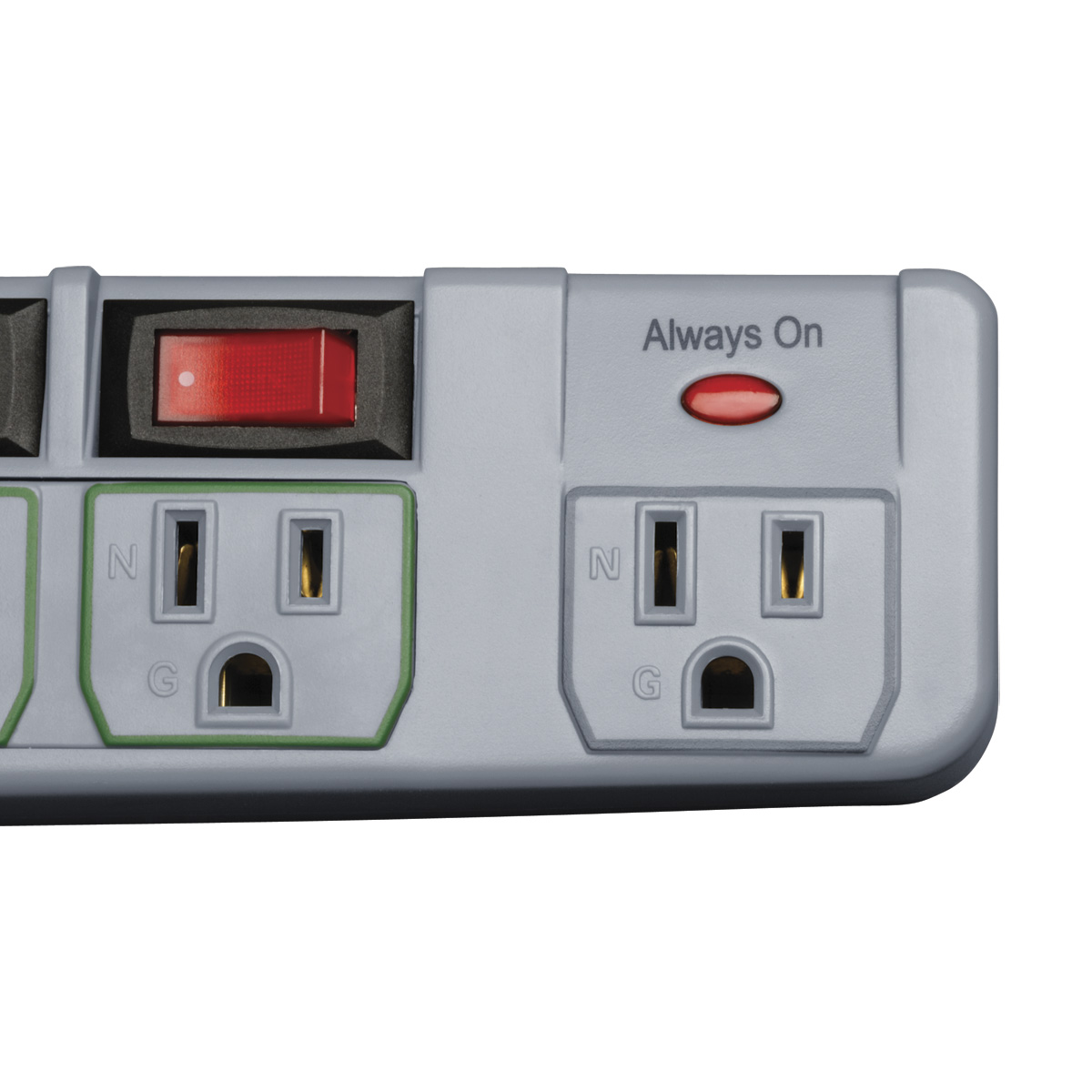
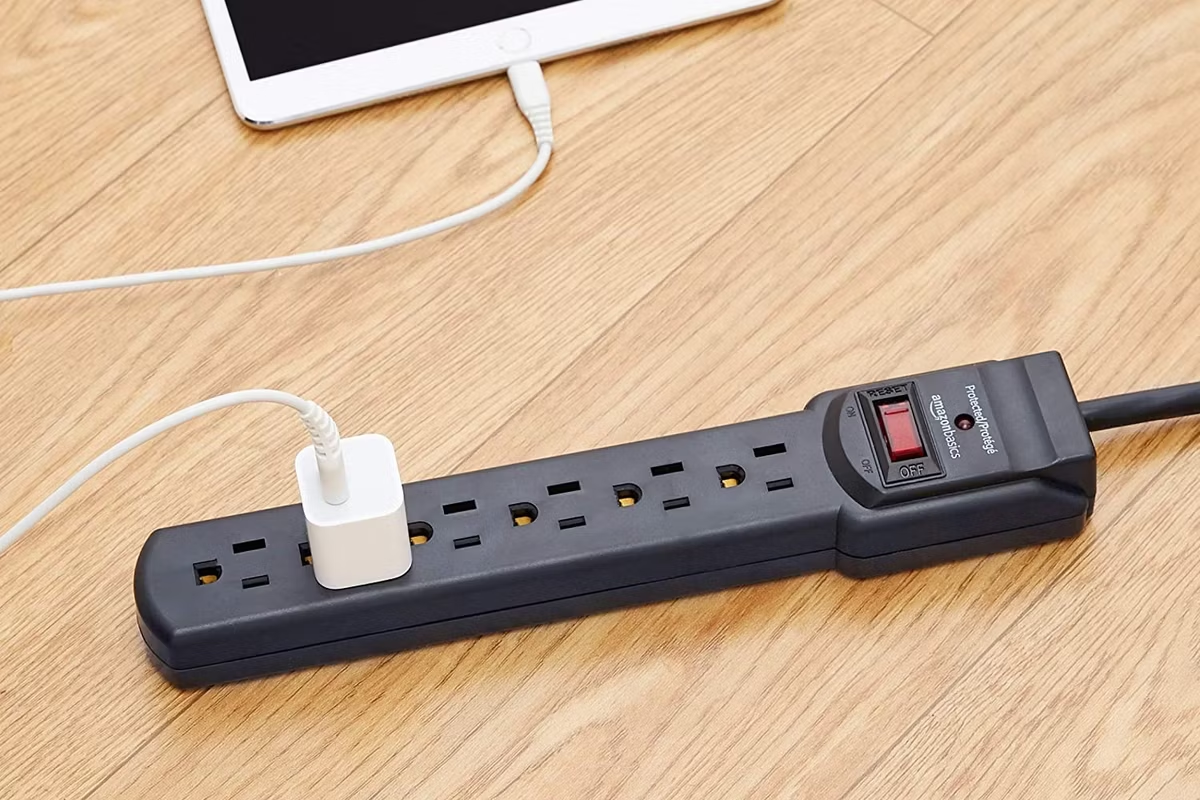
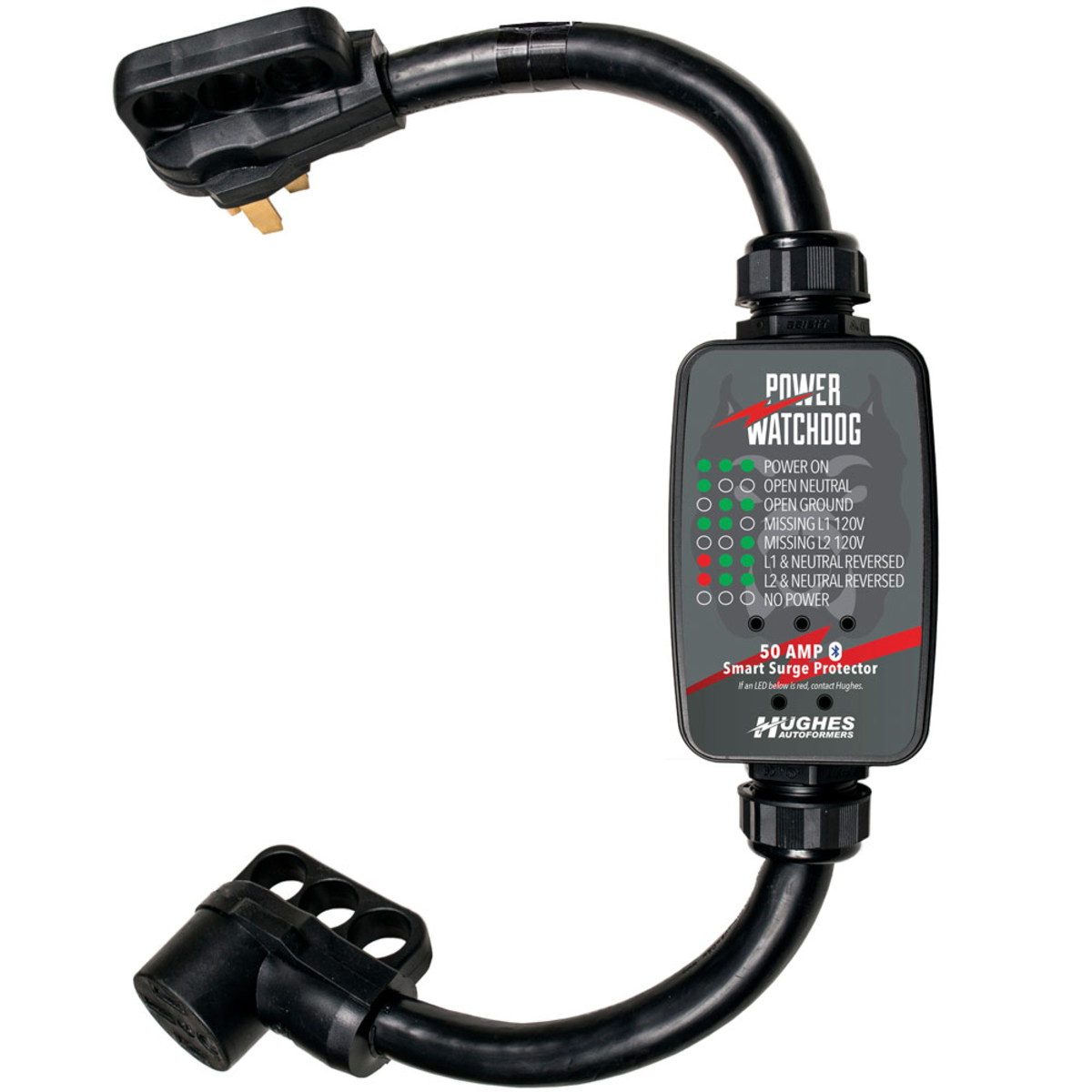
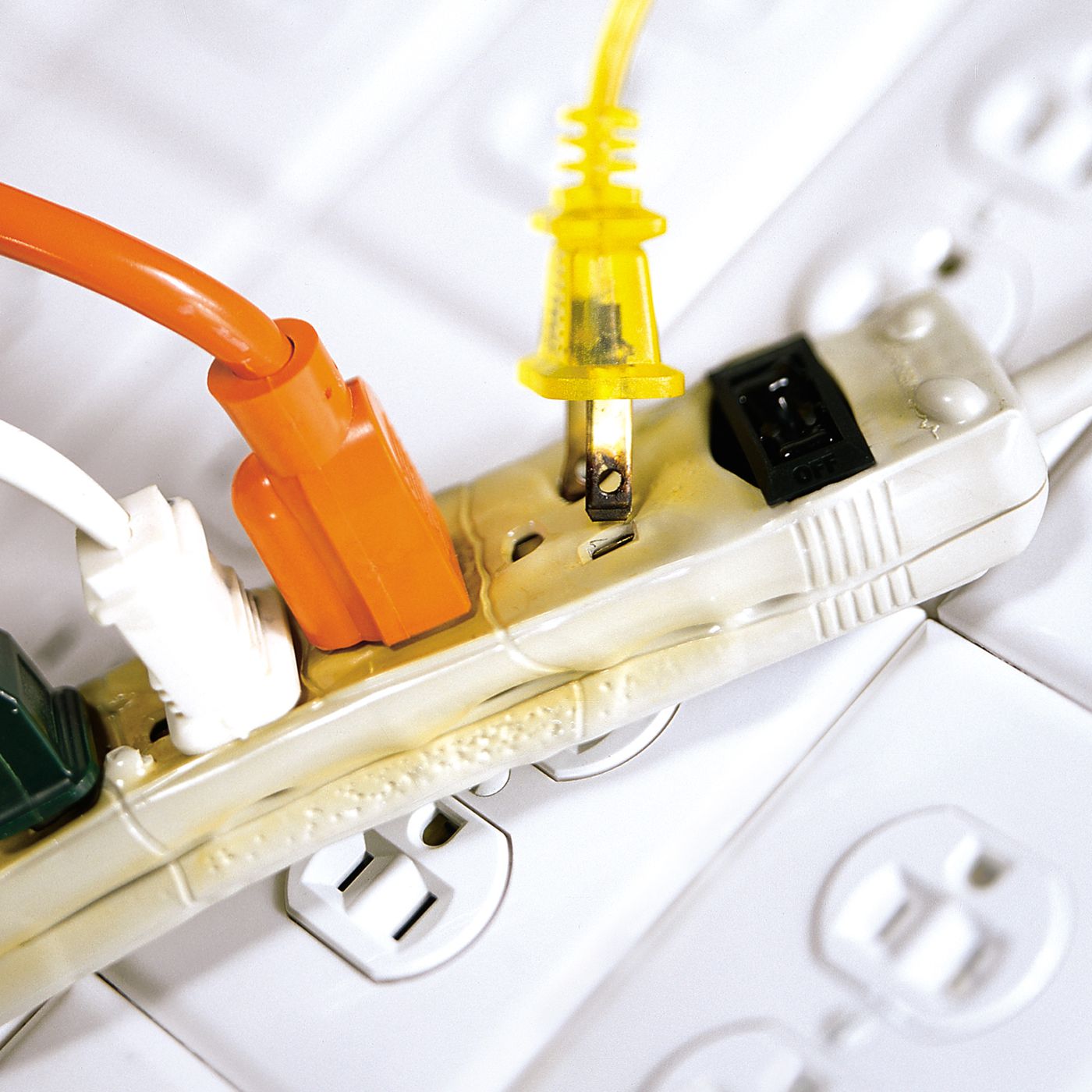
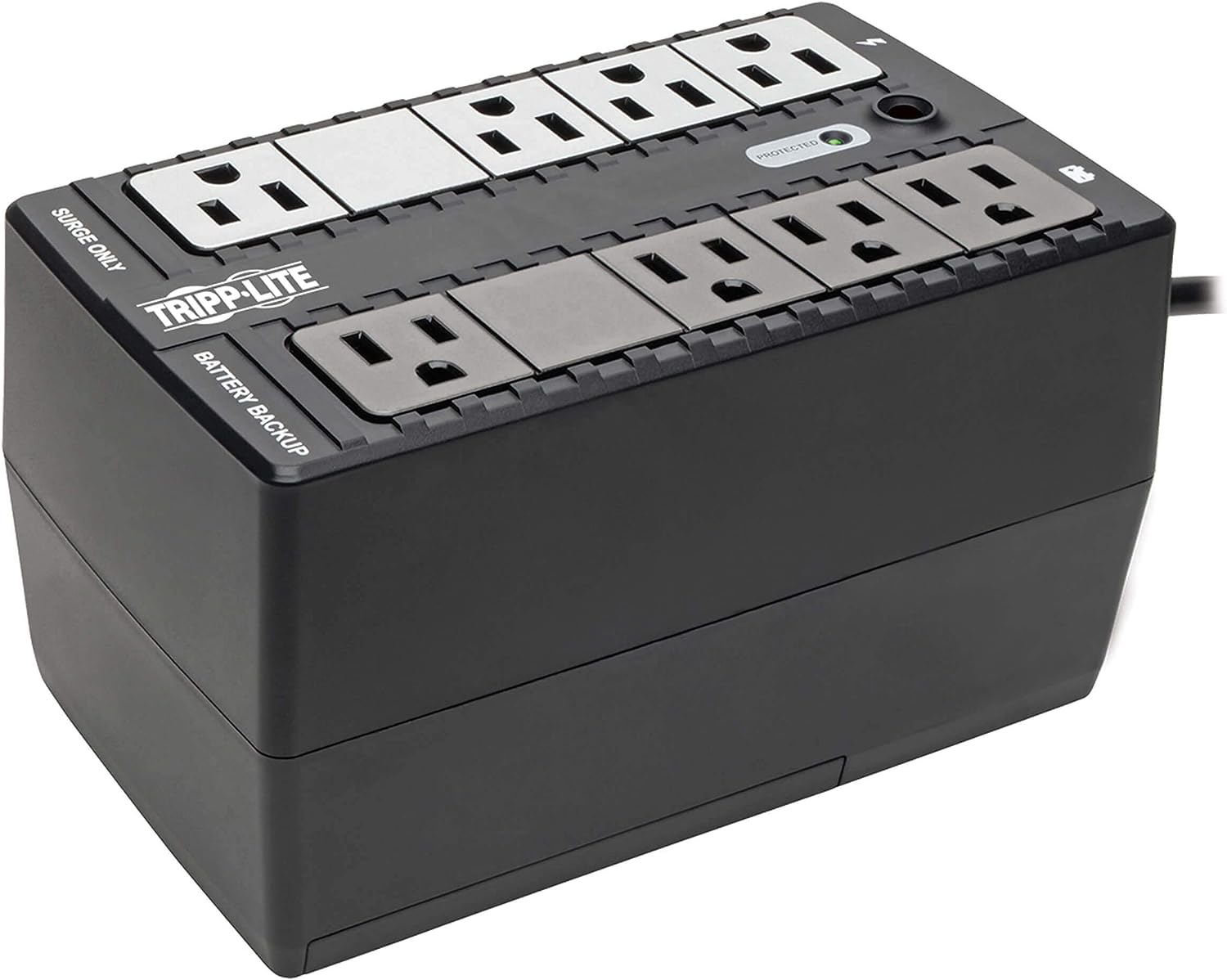
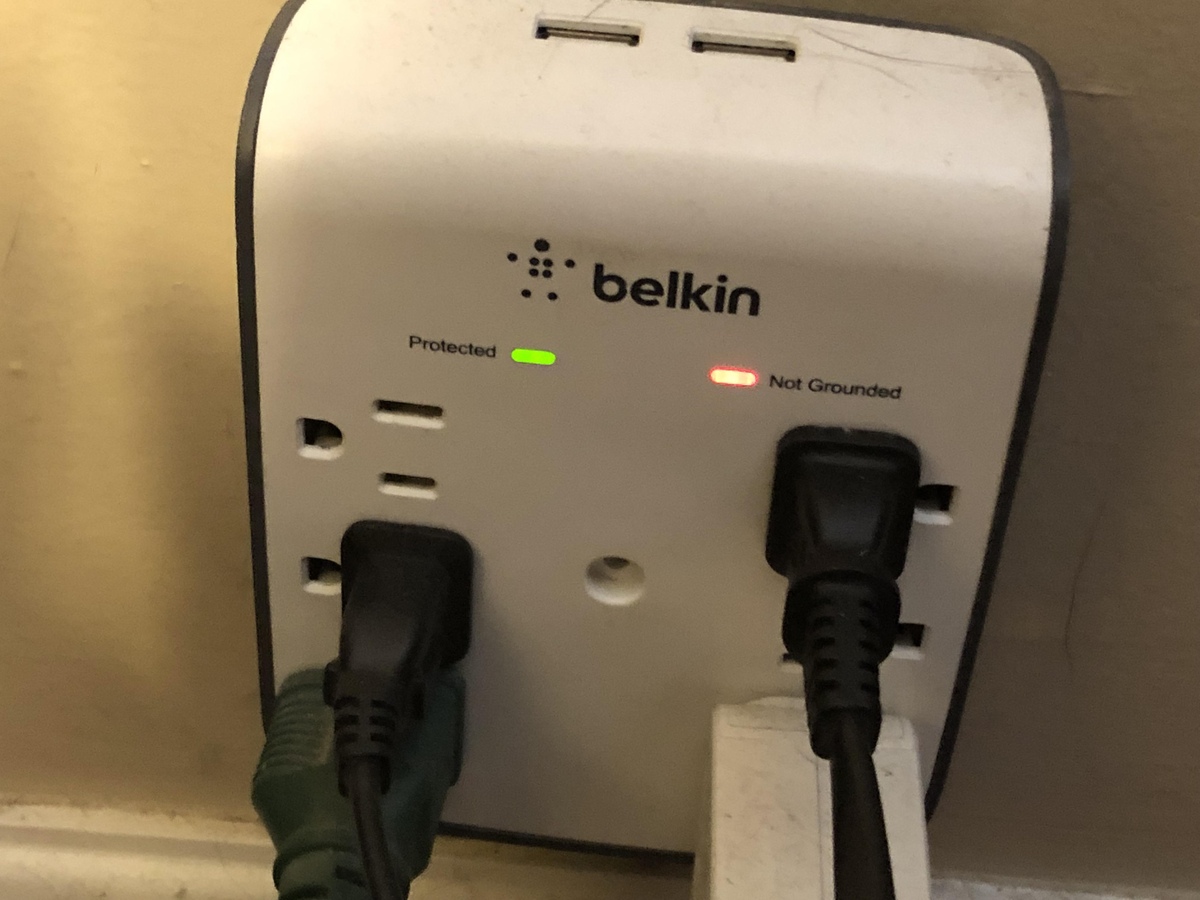
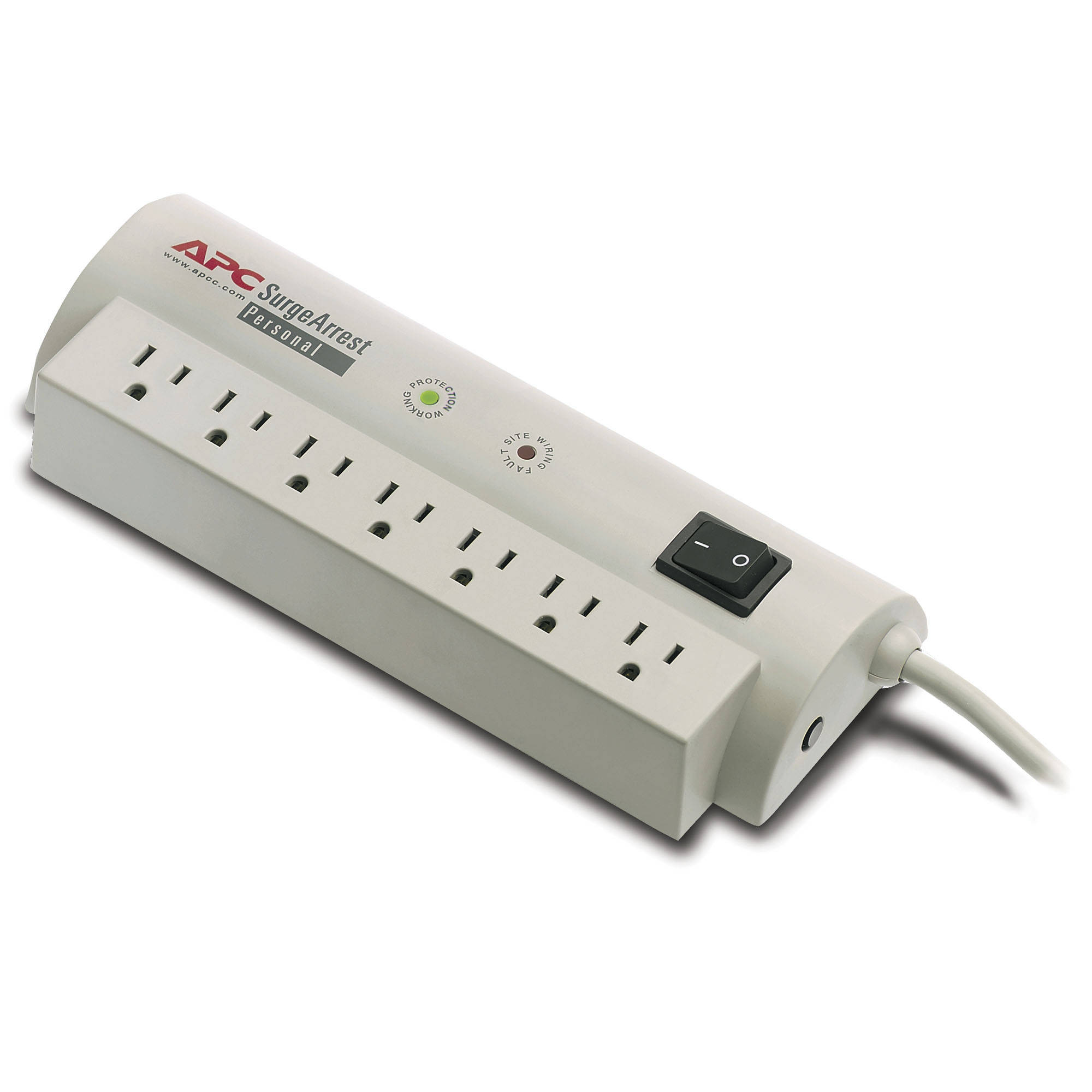
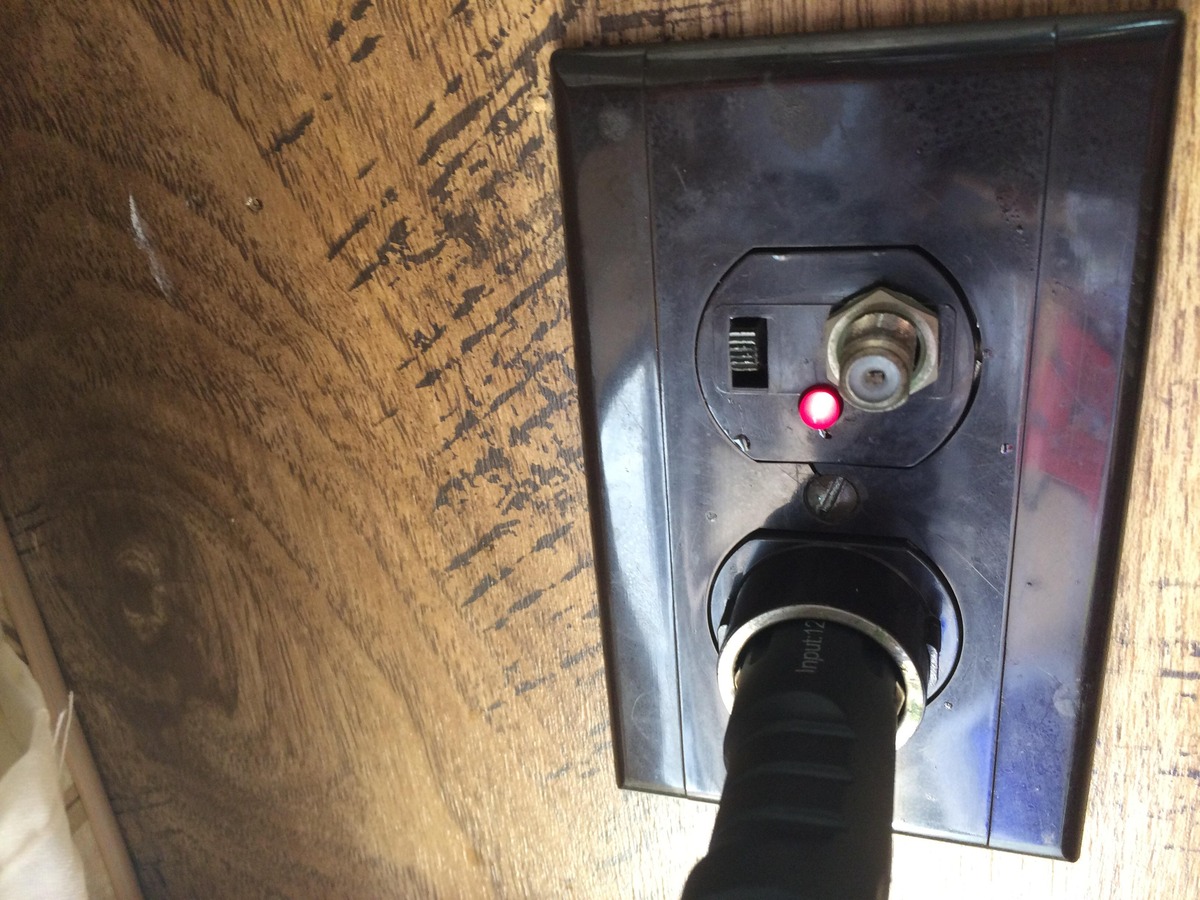
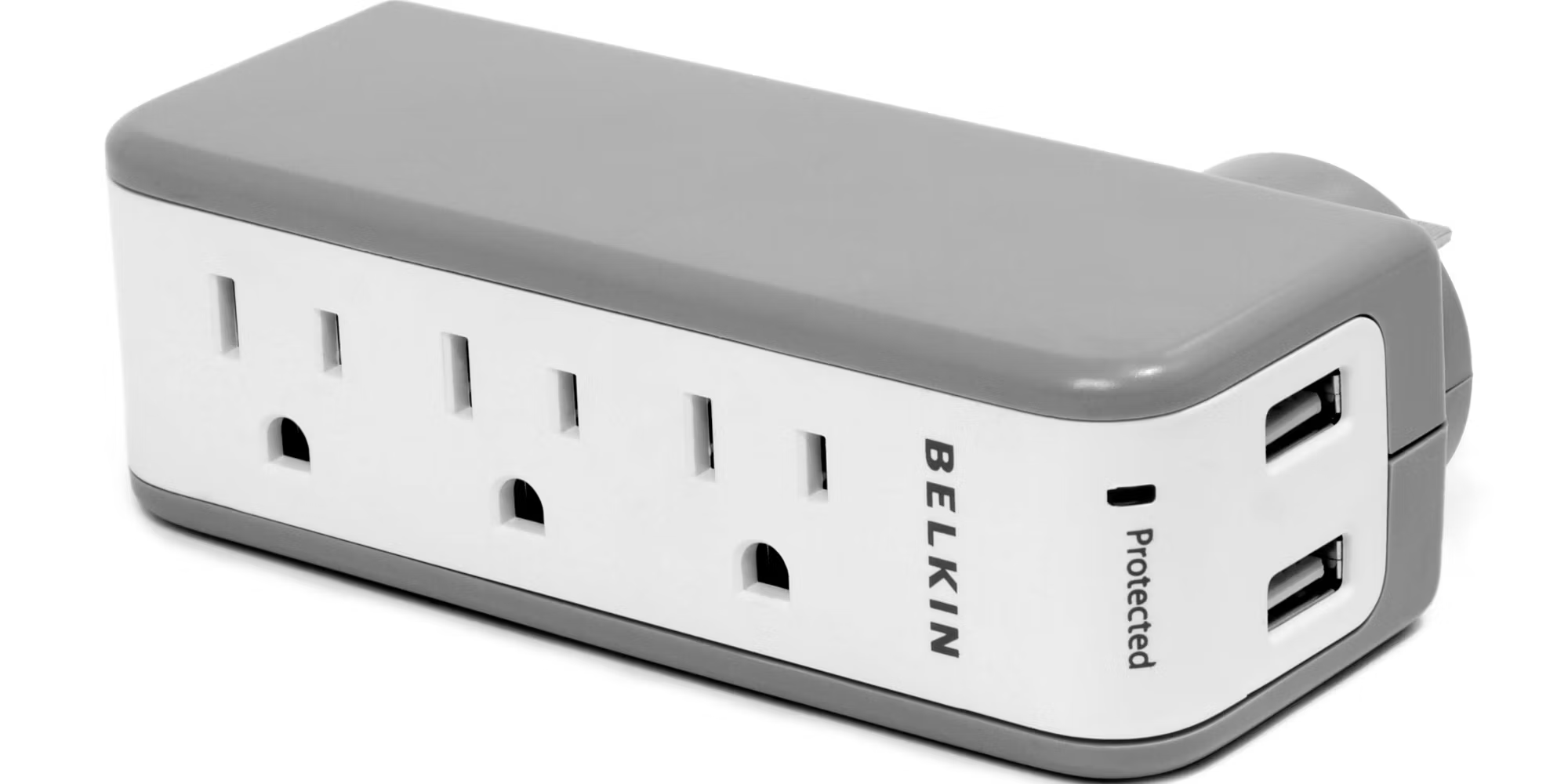
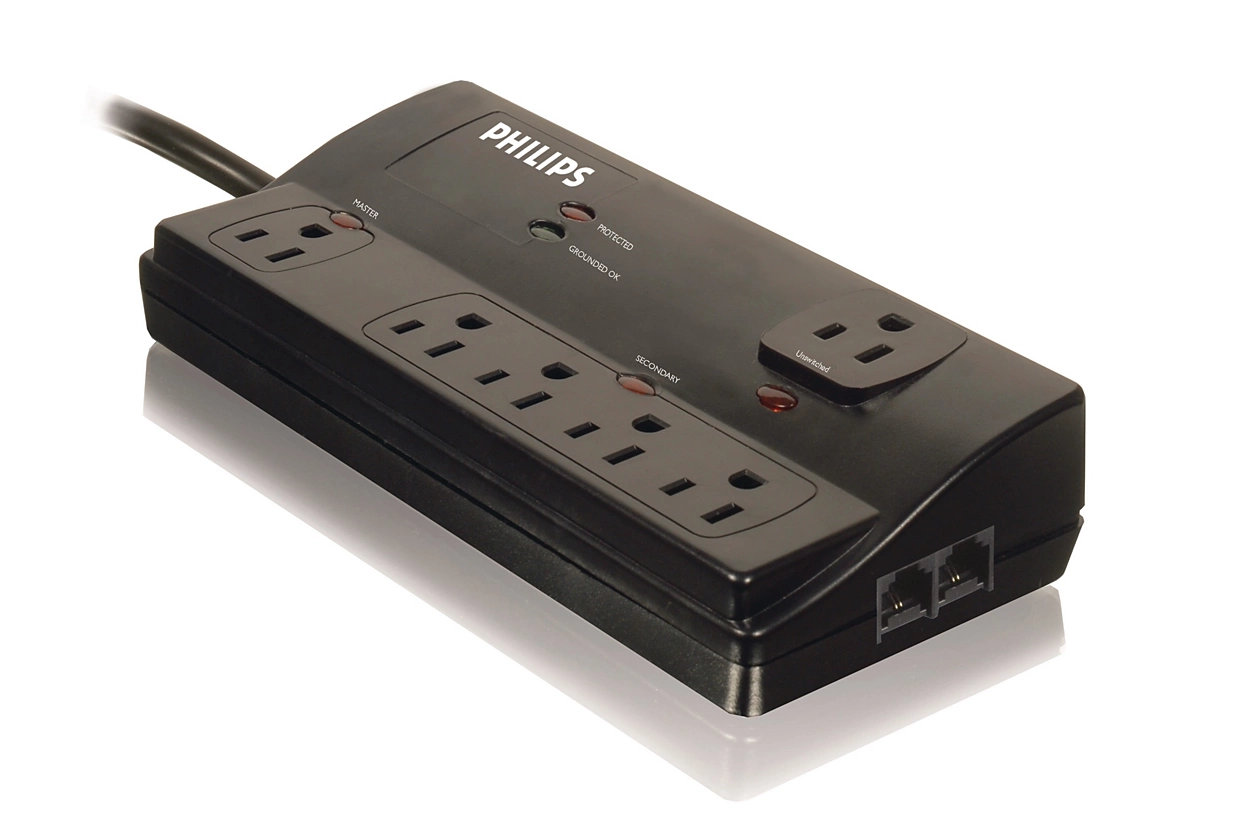

0 thoughts on “What Is The Advantage Of A Surge Protector Over A Power Strip”